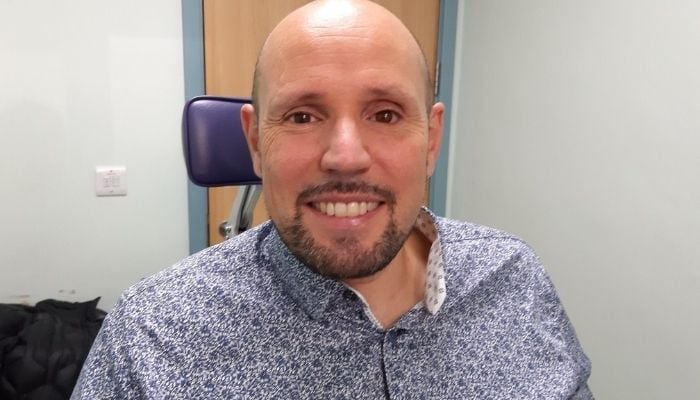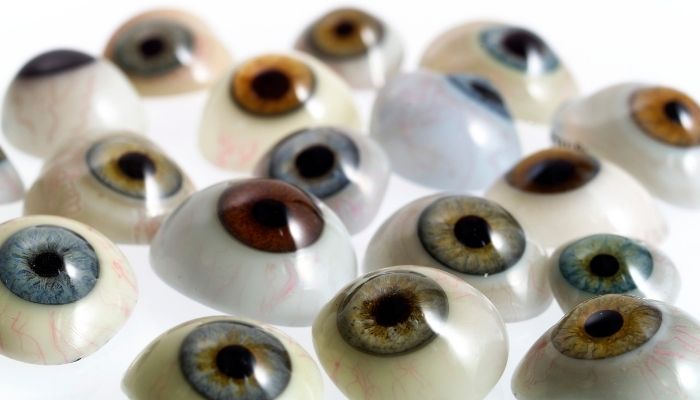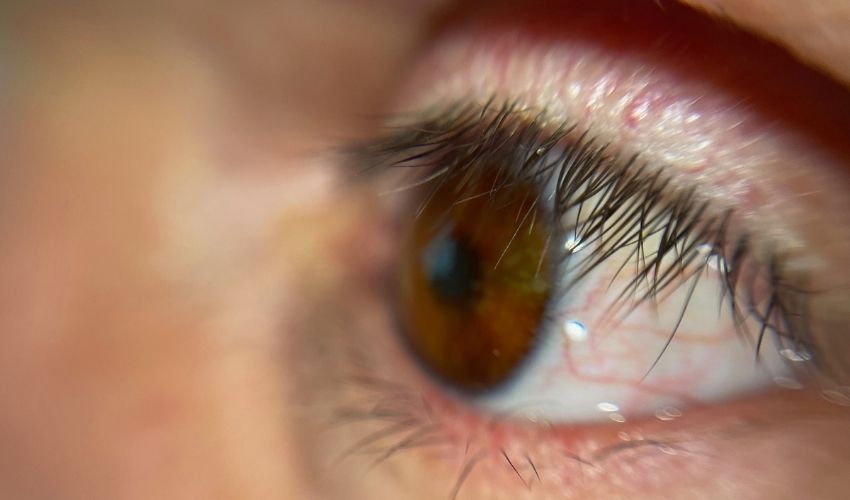How is additive manufacturing applied in the medical sector to help patients? In the UK, we have known special cases that have given us the answer. Recently Steve Verze, a resident of Hackney, London, became the first person in the world to receive a fully 3D printed prosthetic eye. Patients from Moorfields Eye Hospital NHS Foundation Trust only use this ocular prosthesis solution without the need for other complementary solutions. Prosthetic eyes impress by being extremely realistic, with clearer definition and truer depth thanks to scanning the eye sockets to ensure a good fit.
The printed prosthesis is part of a collaboration between various actors in the UK and Europe, and is being led by researchers at UCL and the Moorfields Eye Hospital NHS Foundation Trust. Professor Mandeep Sagoo, Moorfields Eye Consultant, comments: “We are very enthusiastic about the potential of this digital eye. It was the culmination of 4 years of advanced technology development between Moorfields Eye Hospital, UCL Institute of Ophthalmology, Ocupeye Ltd and Fraunhofer. We hope that future clinical trials will provide us with solid evidence of the value of this new technology, demonstrating the difference it makes for patients. Obviously has the potential to reduce the waiting list”.

Steve Verze has received the first 3D printed prosthetic eye, which is more realistic than traditional models. | Credit: Moorfields Eye Hospital
3D printing of the ocular prosthesis
One of the many ways to use 3D printing in the medical field is through prosthetics. The advantages are clear. With three-dimensional scanning and subsequent 3D printing, doctors can develop prostheses that better fit patients, making them more comfortable. In addition, prosthetics can be fabricated more quickly, greatly reducing waiting times, which can be frustrating for some. In the case of eye prostheses, UCL points out in its press release that 0.1% of the population has this problem and needs it. That figure means more than 60,000 people in the UK alone. In addition, they must be replaced every five years and each eye socket is unique. These conditions make it a perfect application for 3D printing, as customization is the main advantage of this technology.
There are other benefits too. Although the researchers involved showed an improvement on the aesthetic level above all else, because it can be considered a true biomimic and more realistic than other prostheses, they also mentioned the speed of the process. Traditionally, acrylic eye prostheses are made in about 6 weeks, whereas with 3D printing they can be cut in more than half, to about two to three weeks. This is because, instead of individually measuring the eye sockets and shaping them, a process that can be invasive especially for children, it is instead possible to work from a non-invasive and non-ionizing 3D scanner, which digitizes the perfection of the eye and eye. electric socket.

3D printing has the potential to improve the lives of patients with ocular prostheses. | Credit: Wellcome Library, London, CC BY 4.0, via Wikimedia Commons
With this technology, the team hopes to meet the demand for around 10,000 prostheses per year in the UK. The patient himself concluded: “I’ve needed an eye prosthesis since I was 20 and I’ve always felt complicated about it. This new eye looks fantastic and is based on digital 3D printing technology, it can only get better and better.. You can get more information about the initiative HERE.
What do you think about the 3D printed prosthetic eyes that patients receive? Leave your comments on our social networks: Facebook, Indonesia, Youtube and RSS. Follow all the information about 3D printing in our weekly Newsletter.
*Cover photo credit: Moorfields Eye Hospital NHS Foundation Trust


“Problem solver. Proud twitter specialist. Travel aficionado. Introvert. Coffee trailblazer. Professional zombie ninja. Extreme gamer.”








